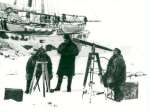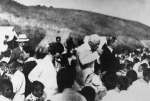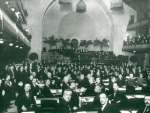The State of The World's Refugees 1995: In Search of Solutions
State of the World's Refugees, 1 January 1995
During the past few years, the world has witnessed a succession of massive refugee movements and humanitarian emergencies. Humanitarian organizations are struggling to keep pace with the demands of each new exodus, while governments around the world are becoming increasingly reluctant to offer refuge to these victims of violence.
This book examines the origins of the current crisis and provides a comprehensive account of the way in which approaches to the problem of human displacement have changed since the end of the Cold War. While the right of asylum must be scrupulously maintained, the book argues, greater efforts must also be made to tackle refugee problems at their source, by restoring peace and prosperity to countries where large numbers of people have been forced to abandon their homes. And to achieve this objective, concerted international action will be required to protect human rights, establish effective peacekeeping operations, promote sustainable development and manage migratory movements.
- Preliminaries: Table of Contents, Preface and Foreword
- Introduction: Searching for Solutions
- Chapter 1: Changing Approaches to the Refugee Problem
- Chapter 2: Protecting Human Rights
- Chapter 3: Keeping the Peace
- Chapter 4: Promoting Development
- Chapter 5: Managing Migration
- Conclusion: Investing in the Future
- Bibliography
- Annexes




















































